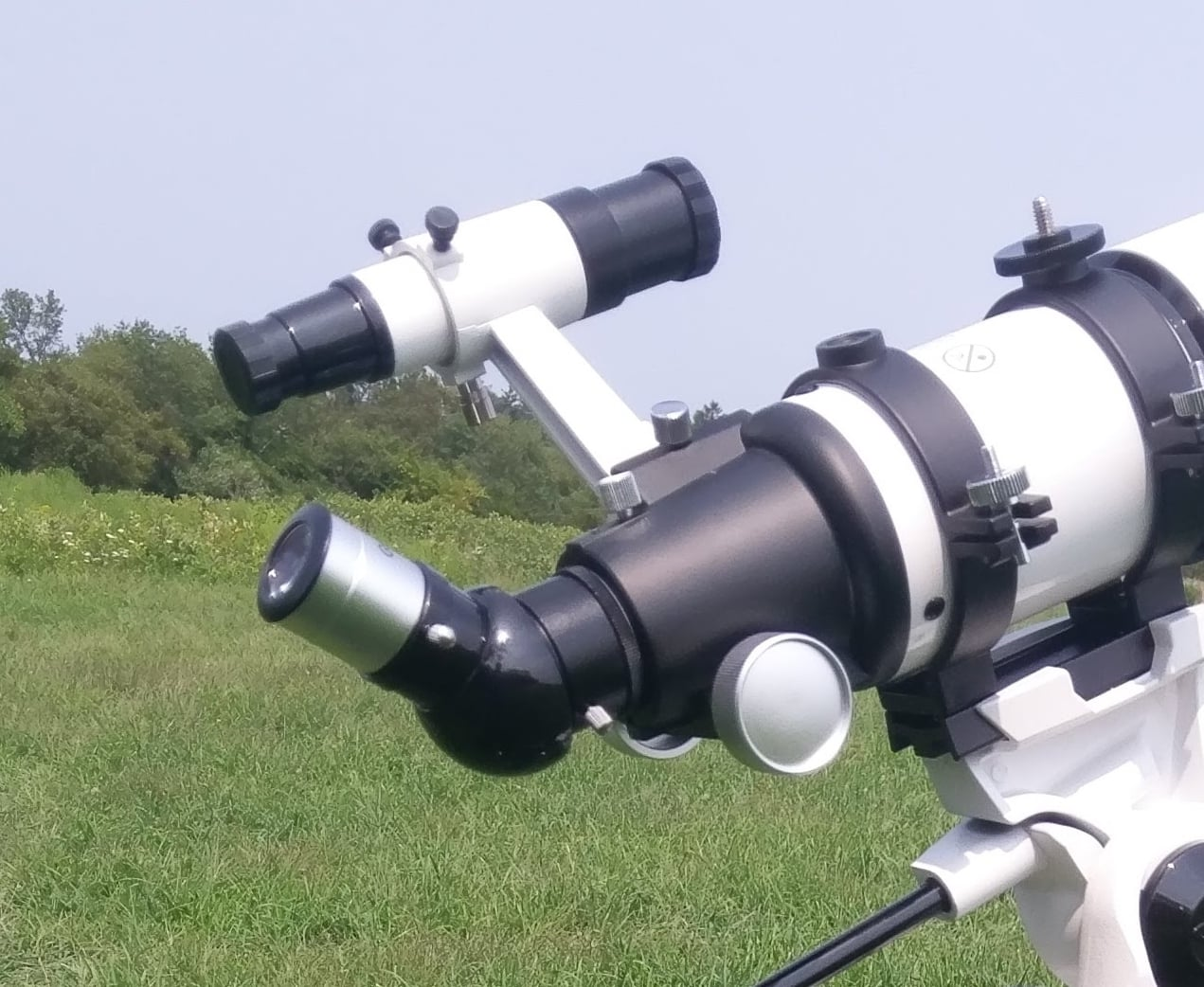You might be contemplating purchasing your Telescope if the astronomy course you are taking whets your interest in further observing the sky. Finding the ideal model for your needs requires investigation because many good amateur telescopes are available.
1. Portability Of A Telescope
Do you want a portable telescope to travel with you on outdoor adventures, or will you set it up once and leave it there? Regarding scale, huge telescopes are the most advanced and potent tools for improving the scientific study of far-off objects like nebulas, novae, and asteroids via their emission or reflection of electromagnetic radiation.
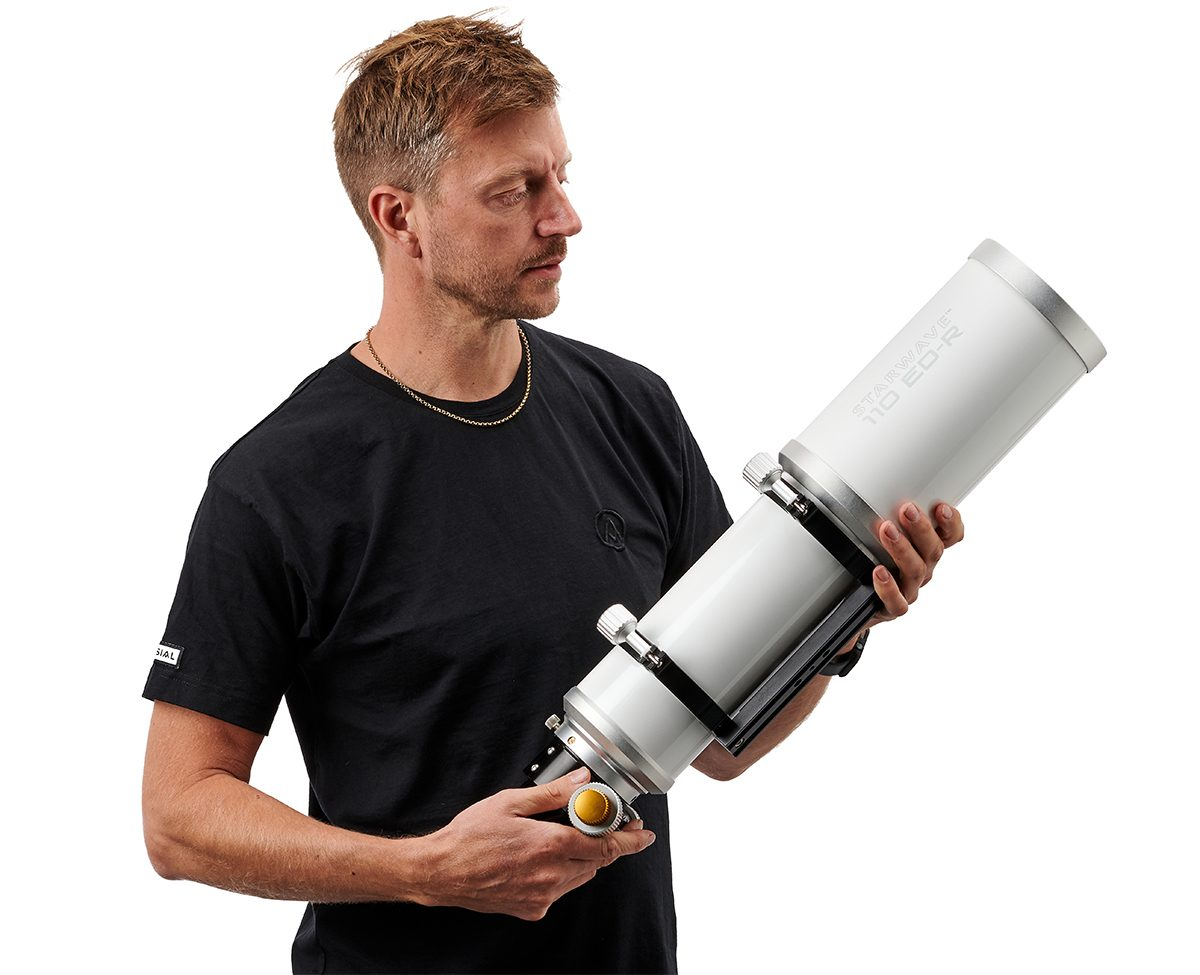
2. Long-Exposure
Do you want to take pictures of the sky or watch them with your eyes? (Long-exposure photography, for instance, calls on a reliable clock drive to rotate your Telescope to account for Earth’s rotation.)
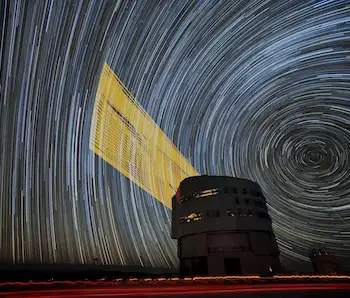
3. Kind Of Observation Objects
Even with the best Telescope, you’ll find that some nights allow you to see more subtle planetary or lunar detail than others. Frequently, the view’s sharpness varies from one second to the next. Most evenings, you may observe that planets and stars shimmer and blur at great magnification.

4. The Aperture Of The Telescope
Any telescope’s aperture or its primary optical element’s diameter, lens, or mirror is its most crucial feature. A scope’s aperture controls its capacity for gathering light and resolving power. The typical aperture sizes for novice telescopes are between 2.8 inches (70 mm) to 10 inches.
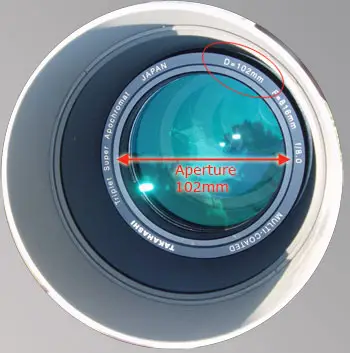
5. Types Of Telescope
Refractors, reflectors, and catadioptric telescopes can all be grouped into one of three categories. A refractor is the standard image of what a telescope should look like: a long, shiny tube with a big lens up front and the eyepiece behind. The second kind of Telescope, a reflector, collects and concentrates light using a mirror. The Newtonian reflector, which Isaac Newton created, is the most popular type of Telescope. It has a primary mirror that is specifically bent and concave (formed like a dish) at the bottom of the Telescope. The third type of Telescope is a compound or catadioptric Telescope.
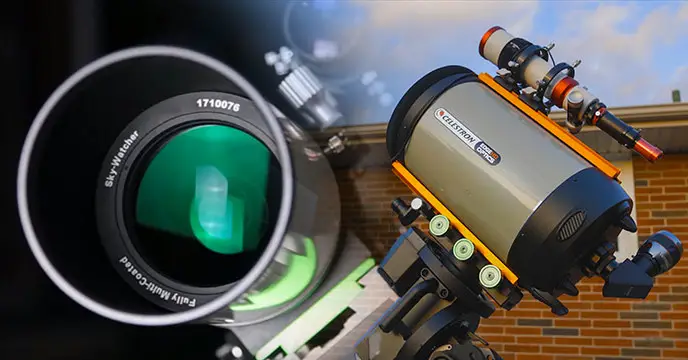
6. Magnification Of Astronomical Telescope
A beginner frequently queries, “How much does it magnify?” when seeing a telescope for the first time. Any amount you want is the response. Any telescope can offer an almost unlimited range of magnifications depending on the eyepiece you use with it.
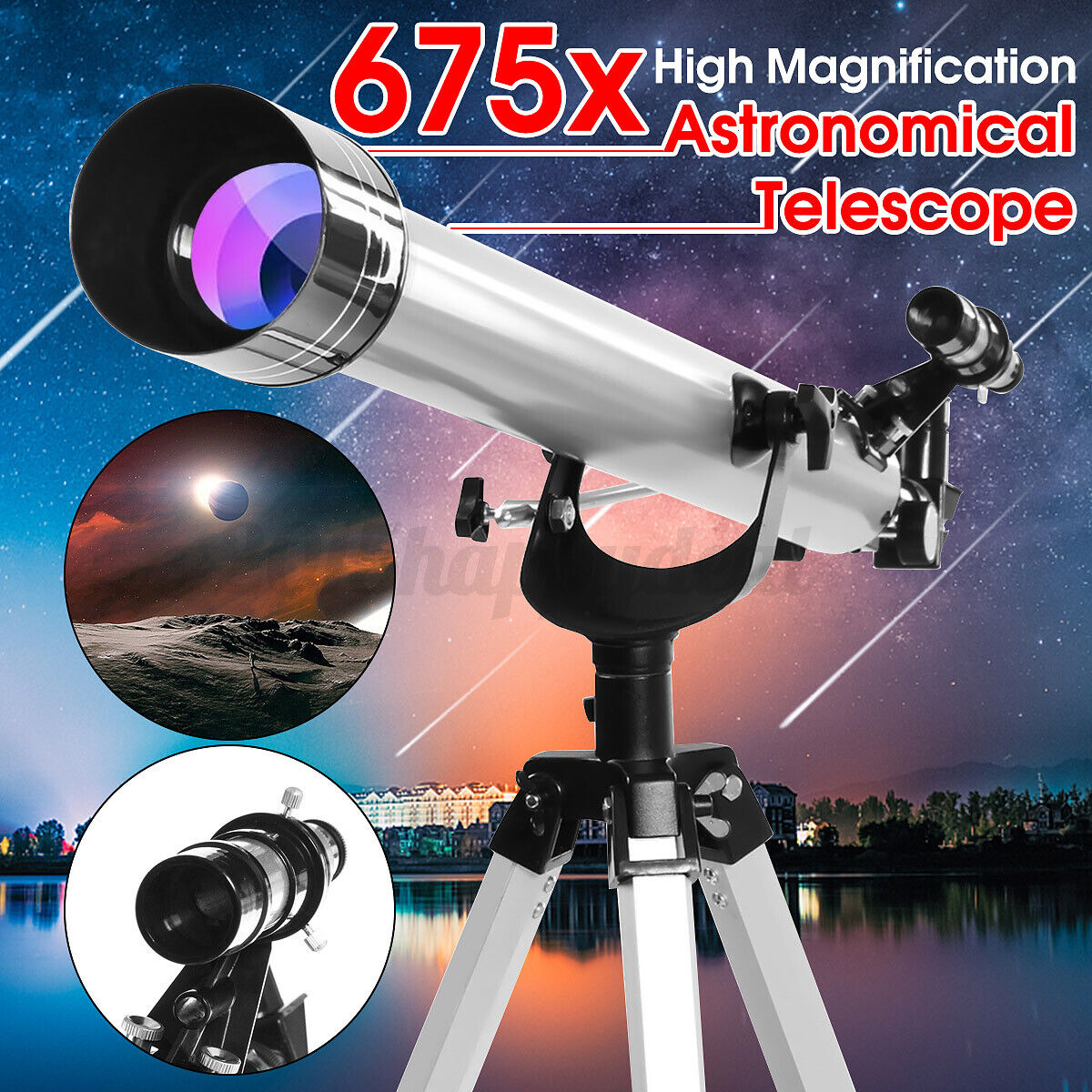
7. The Mount Of The Telescope
The best Telescope in the world is only useful if it is mounted on a stable, well-functioning system that allows you to aim the Telescope and track a celestial object precisely and smoothly as the Earth’s rotation moves the target within the field of view of the Telescope. The most frequent issue with inexpensive telescopes is their poor mounts. It is particularly true of the “toy” telescopes offered in department stores, but even respectable sellers frequently make savings by pairing perfectly competent optical tubes with small mounts.
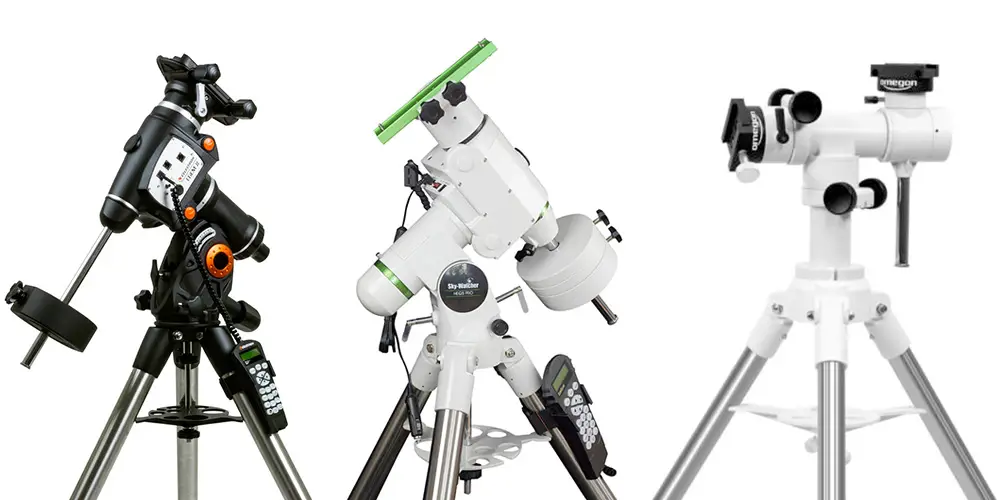
8. Type Of Use
It takes some practice to set up and use a telescope properly. Expect nothing to go smoothly on your first attempt. Read the instructions thoroughly. Use the closest amateur astronomer club as a resource if one exists.
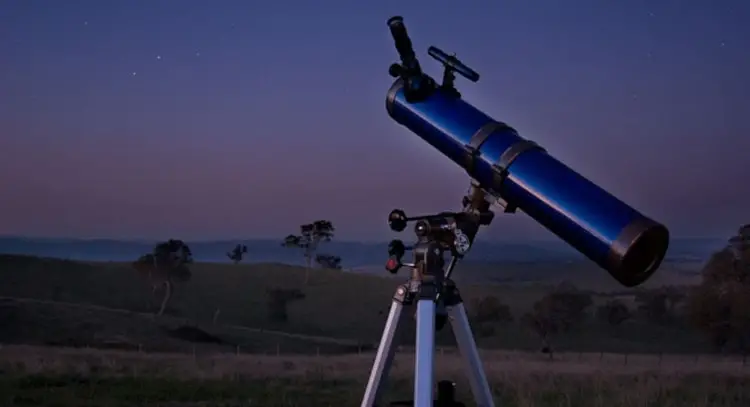
9. Focal Length And Eye Piece
Every scope has a focal length, the distance between the primary lens or mirror and the image it creates. Since certain telescopes “fold” the light path internally, this isn’t always the same as the length of the tube (we’ll see this in a moment).
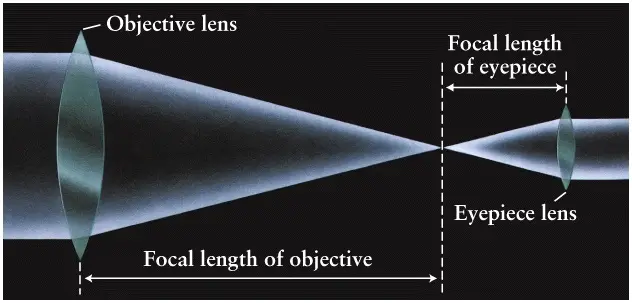
10. Finders
Only a small portion of the sky is visible via a telescope when it is powered at medium to high levels. It makes aiming at a target easier if the scope contains some finder or sighting mechanism. The conventional option is a finderscope, a small telescope with crosshairs similar to a gunsight. Red-dot and red-circle finders are well-liked substitutes that project patterns images onto a transparent window through which you can see the sky.
